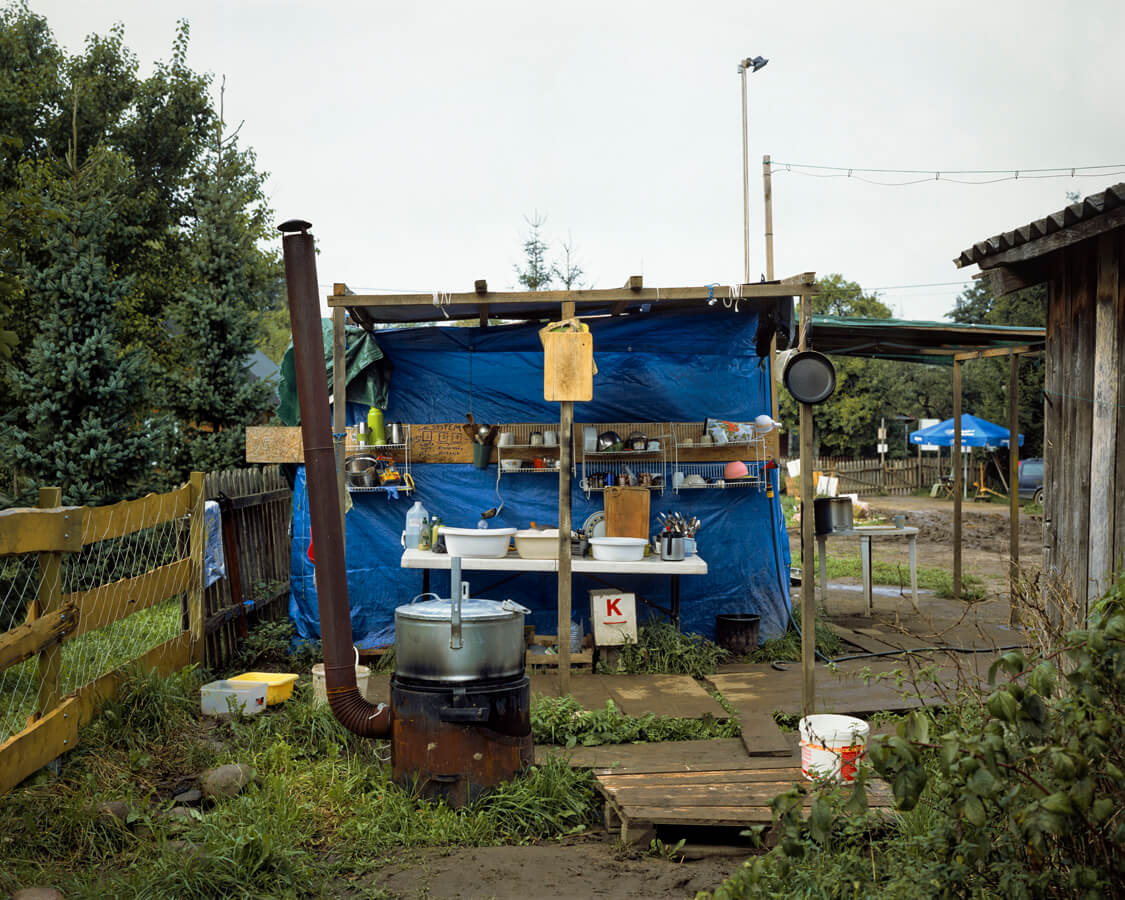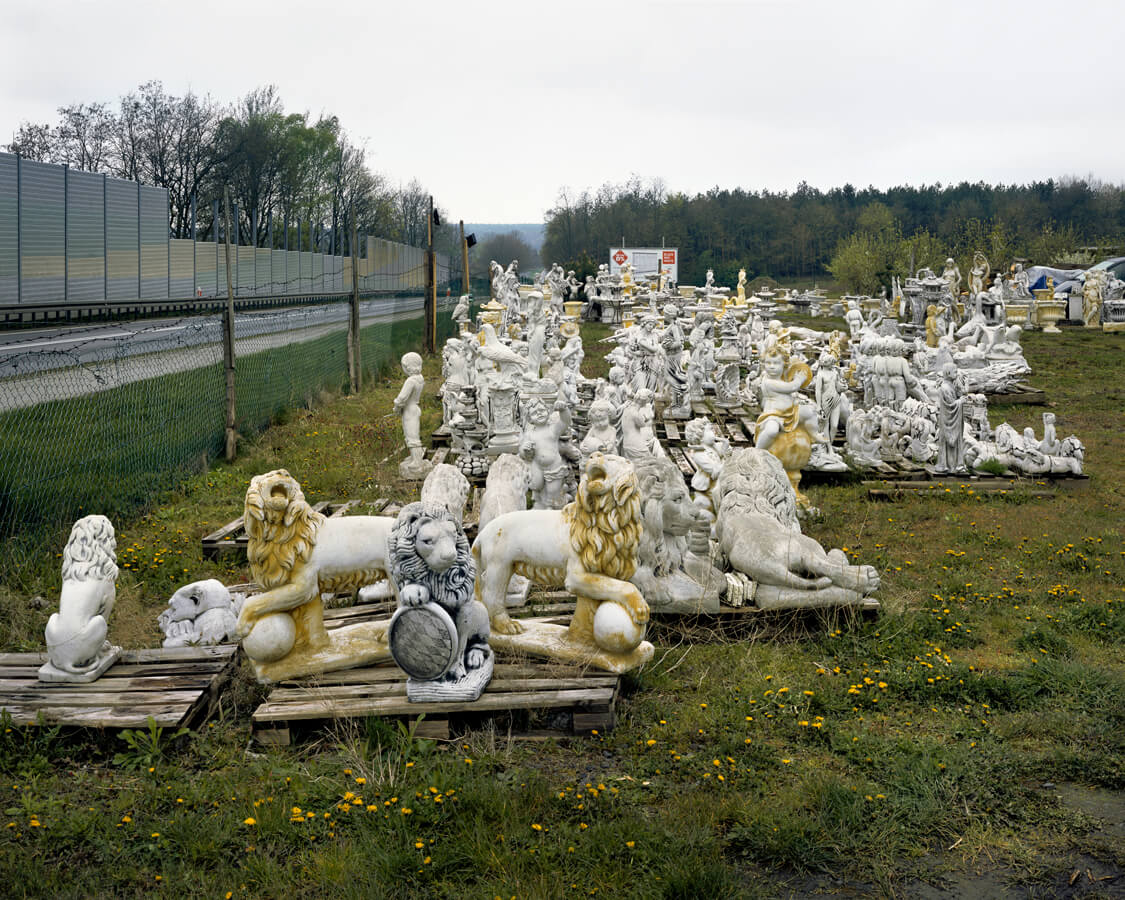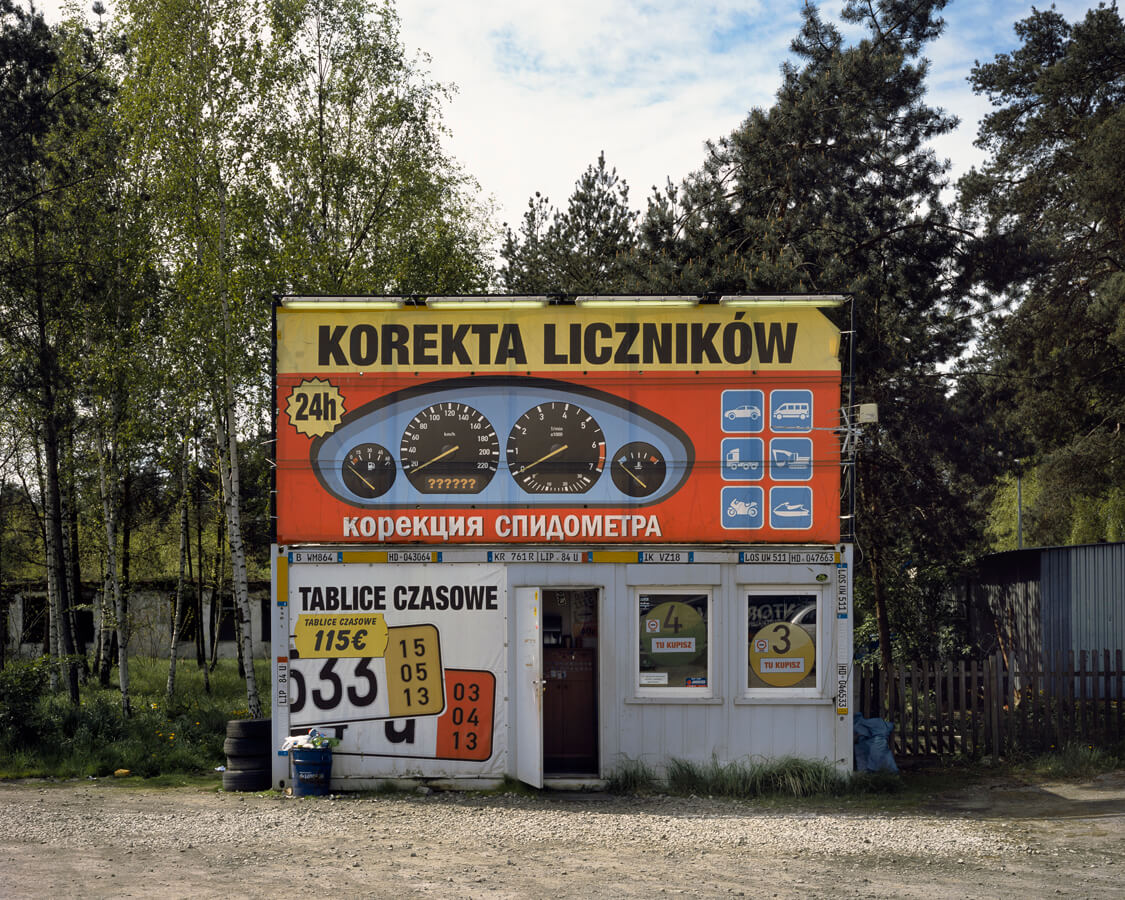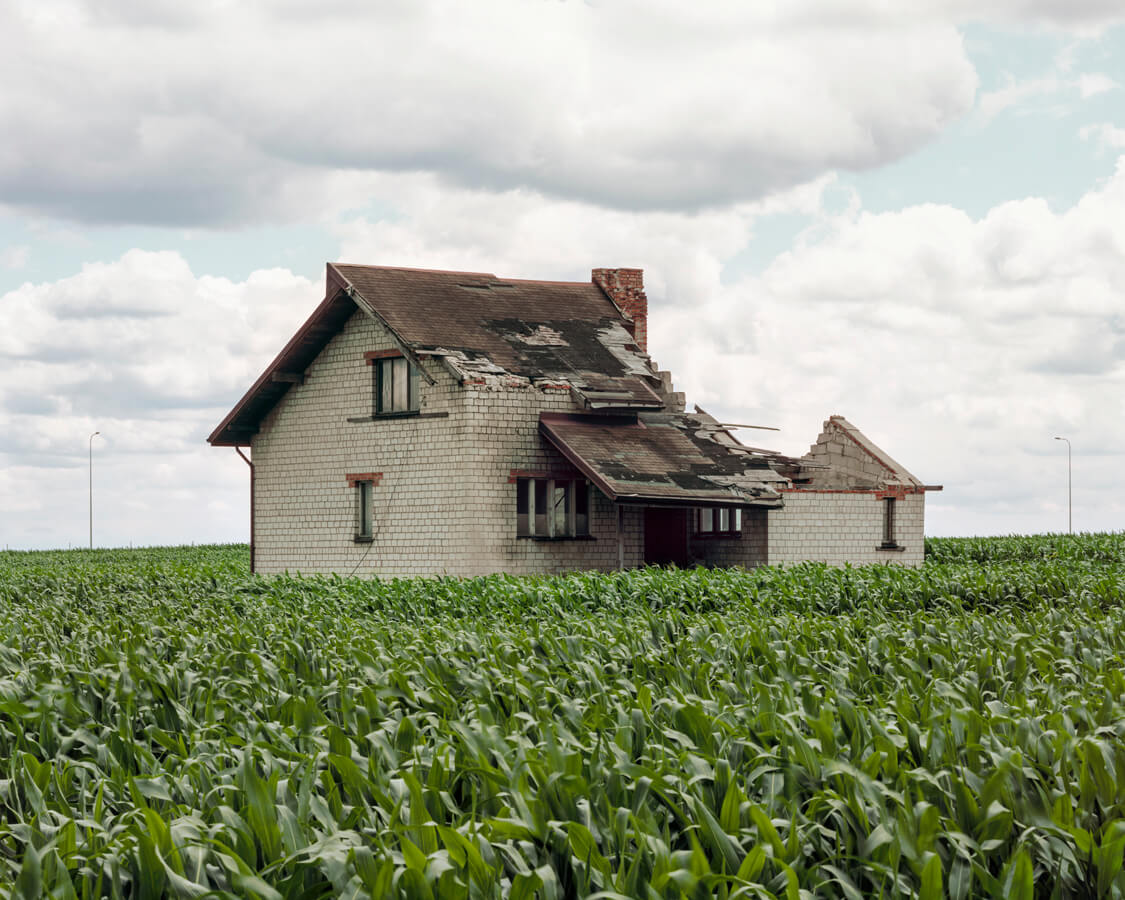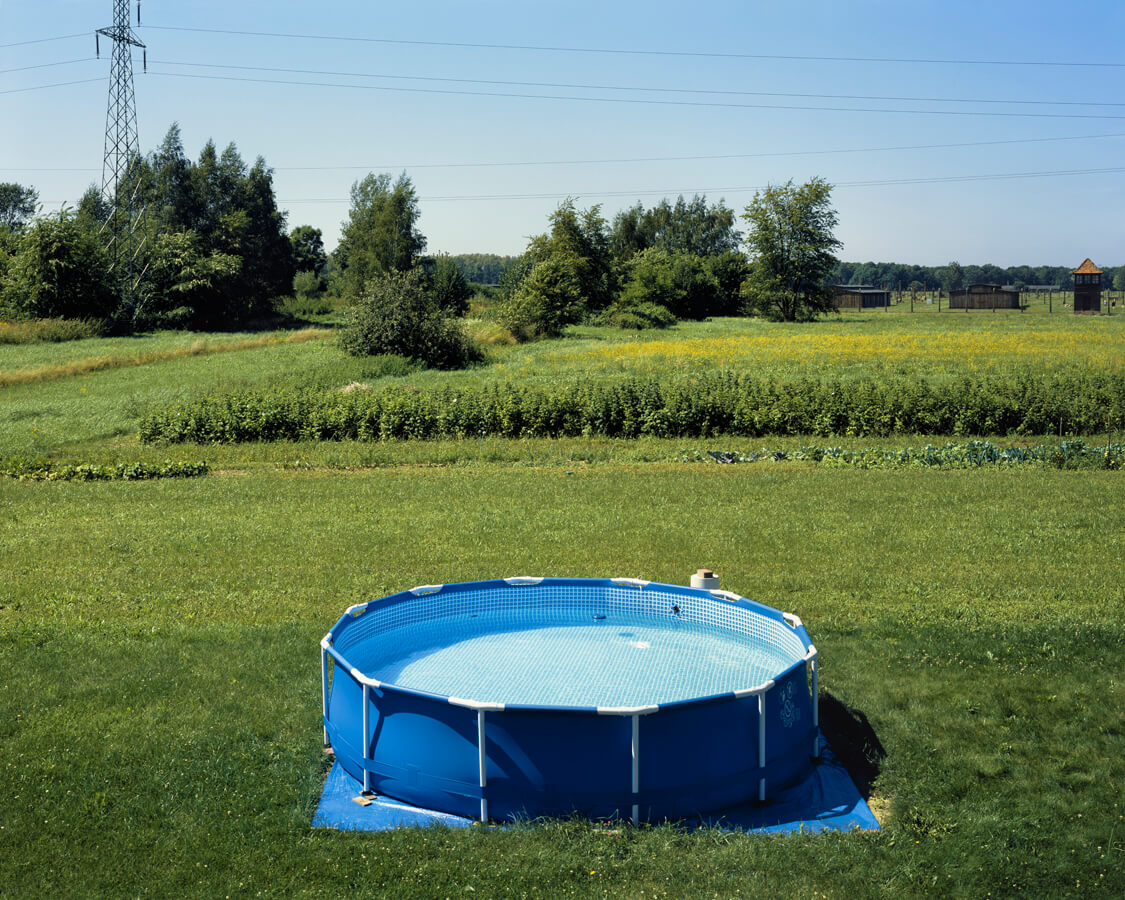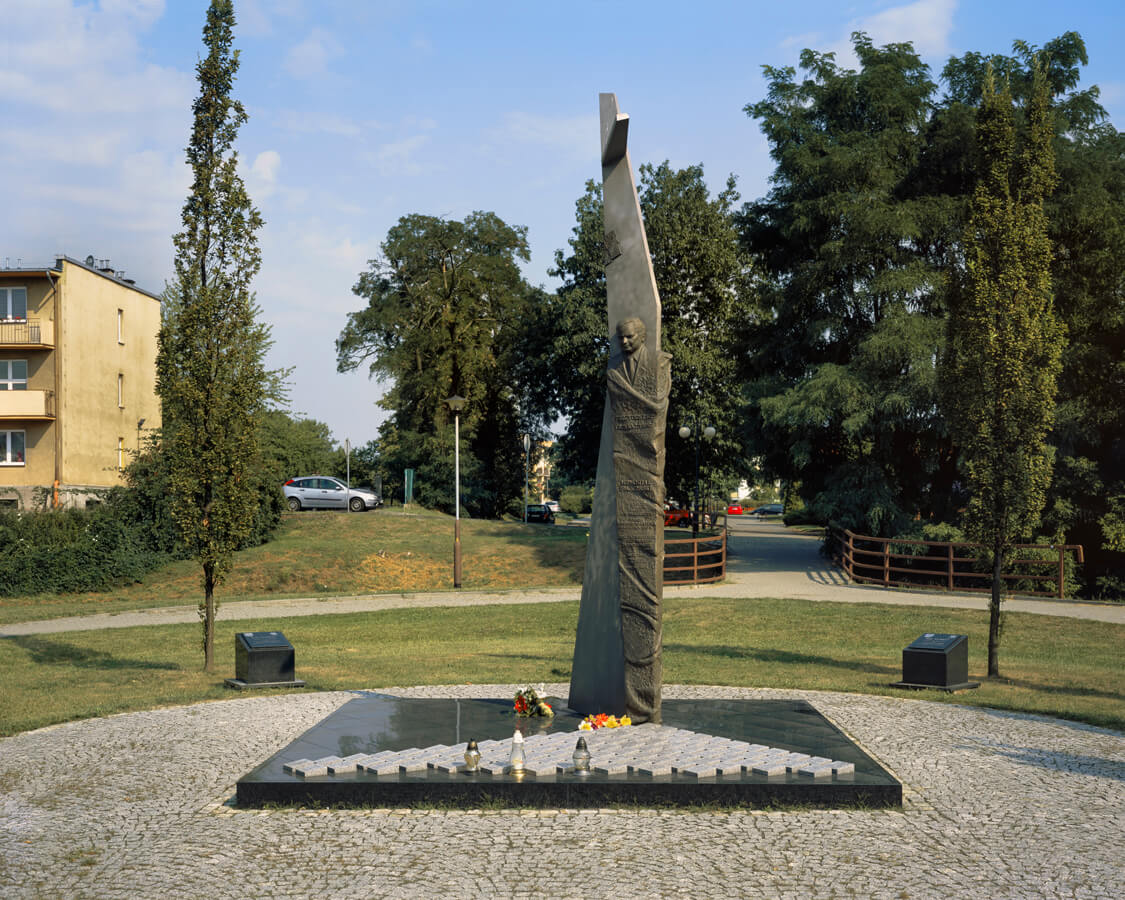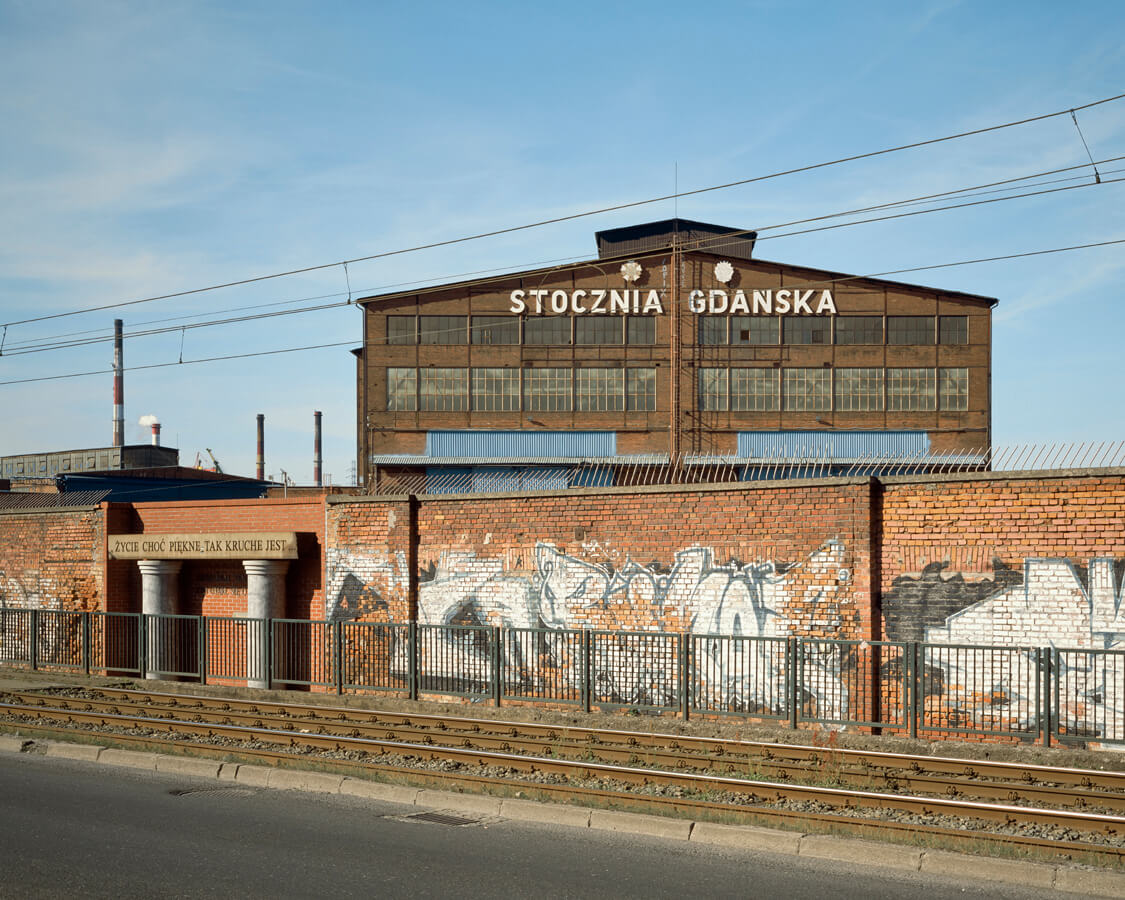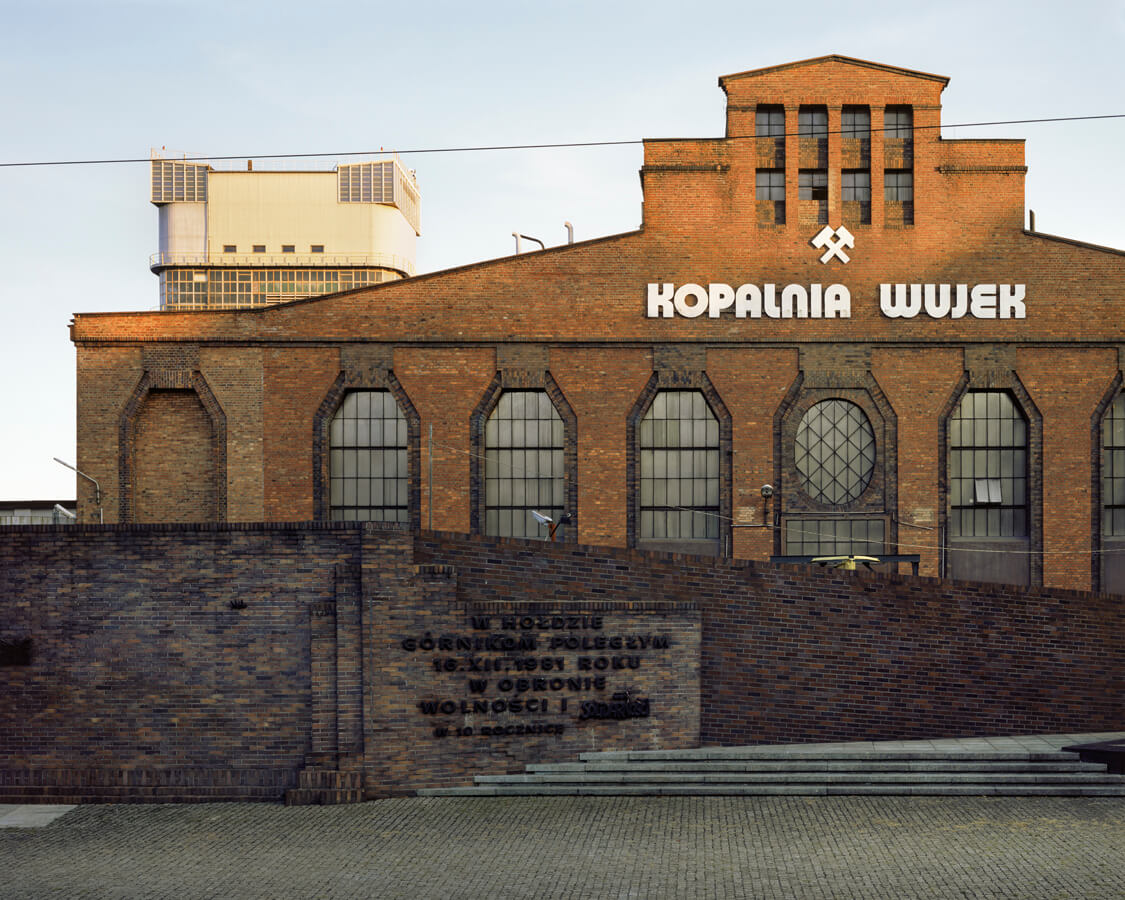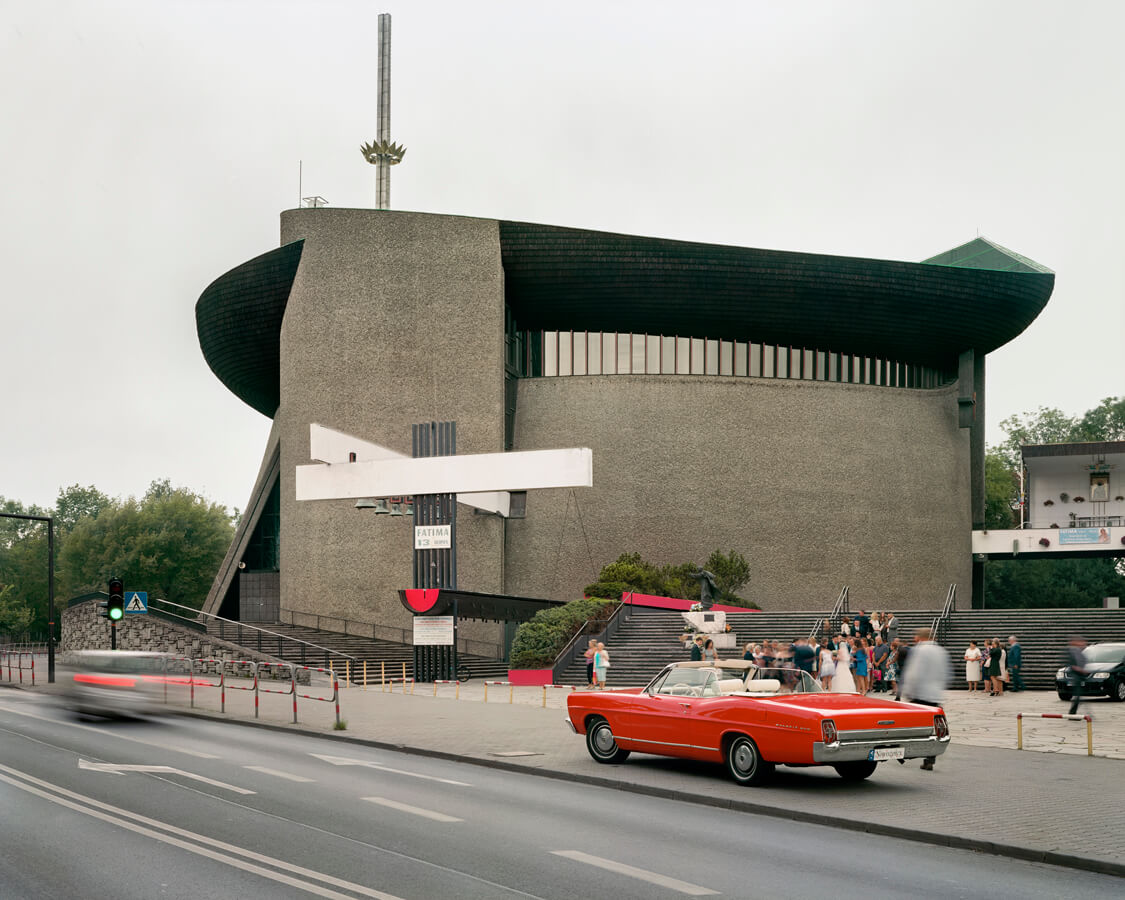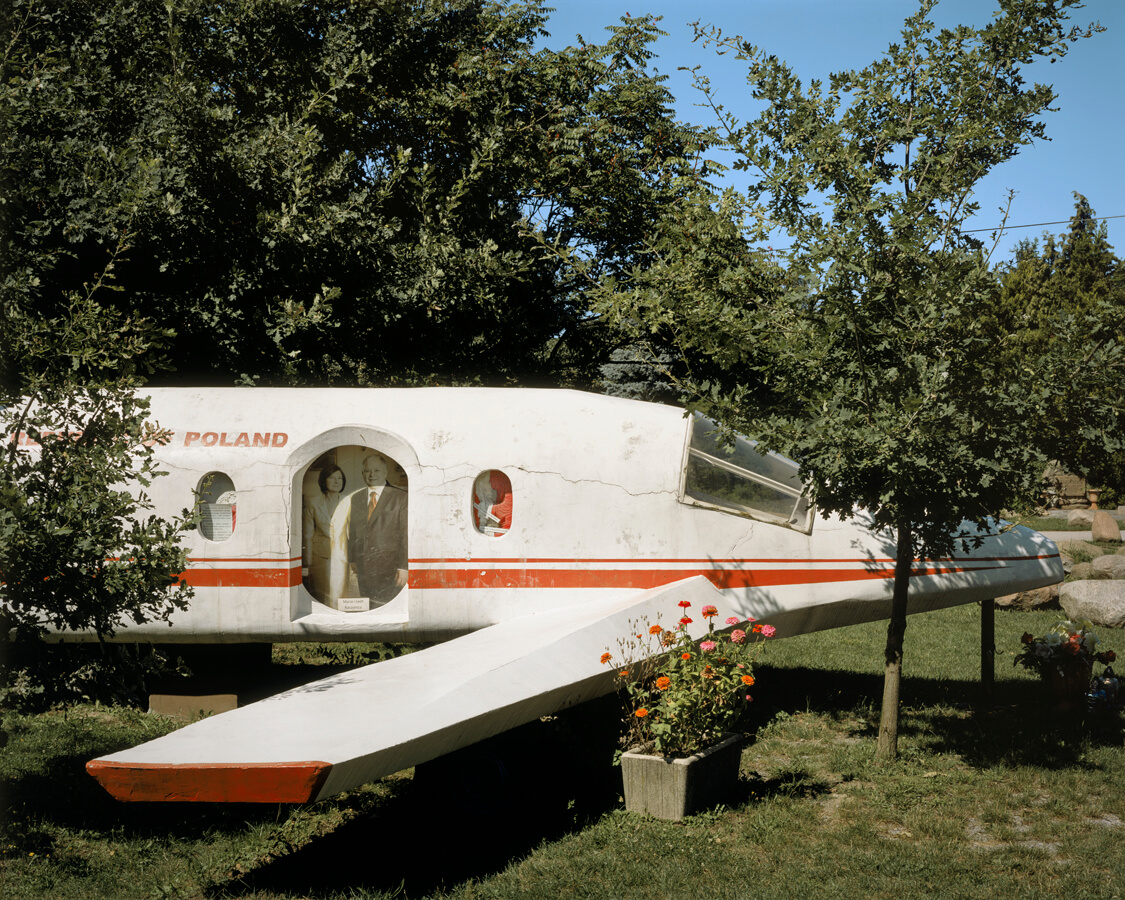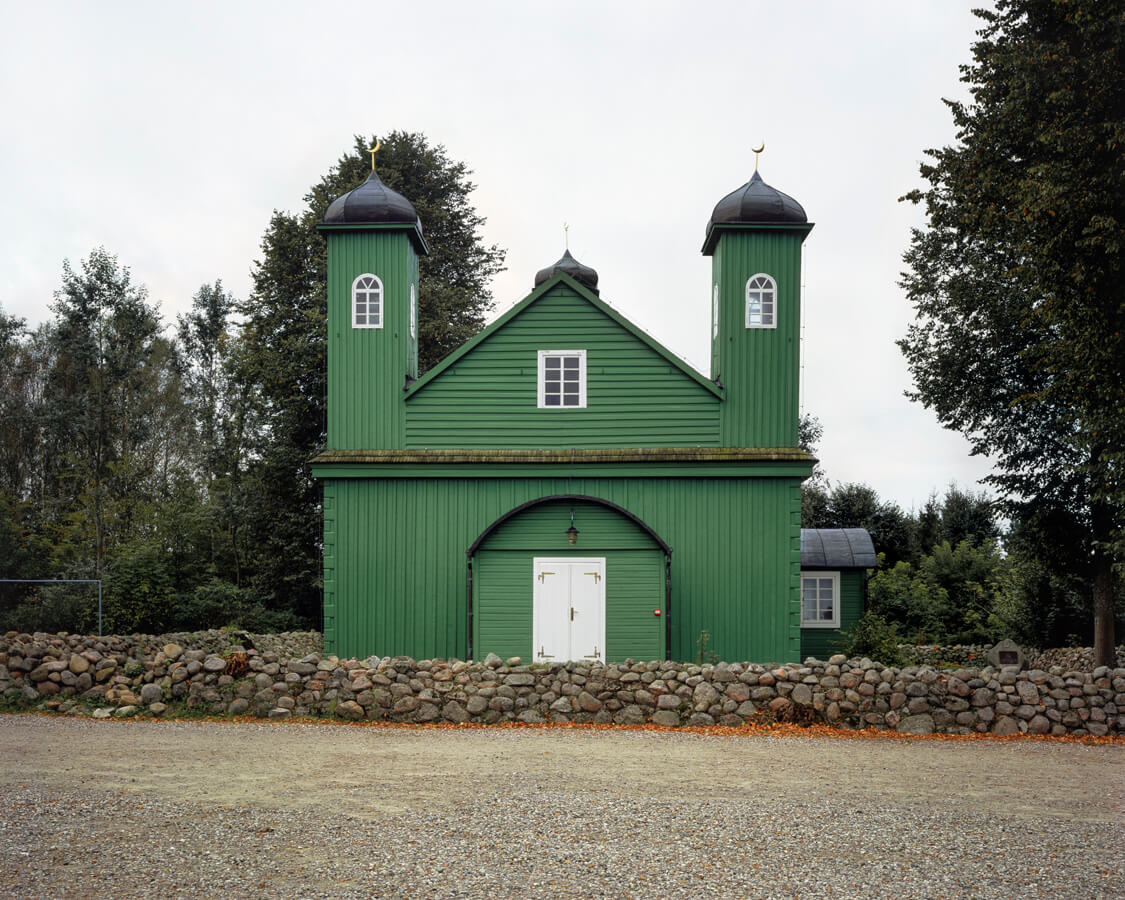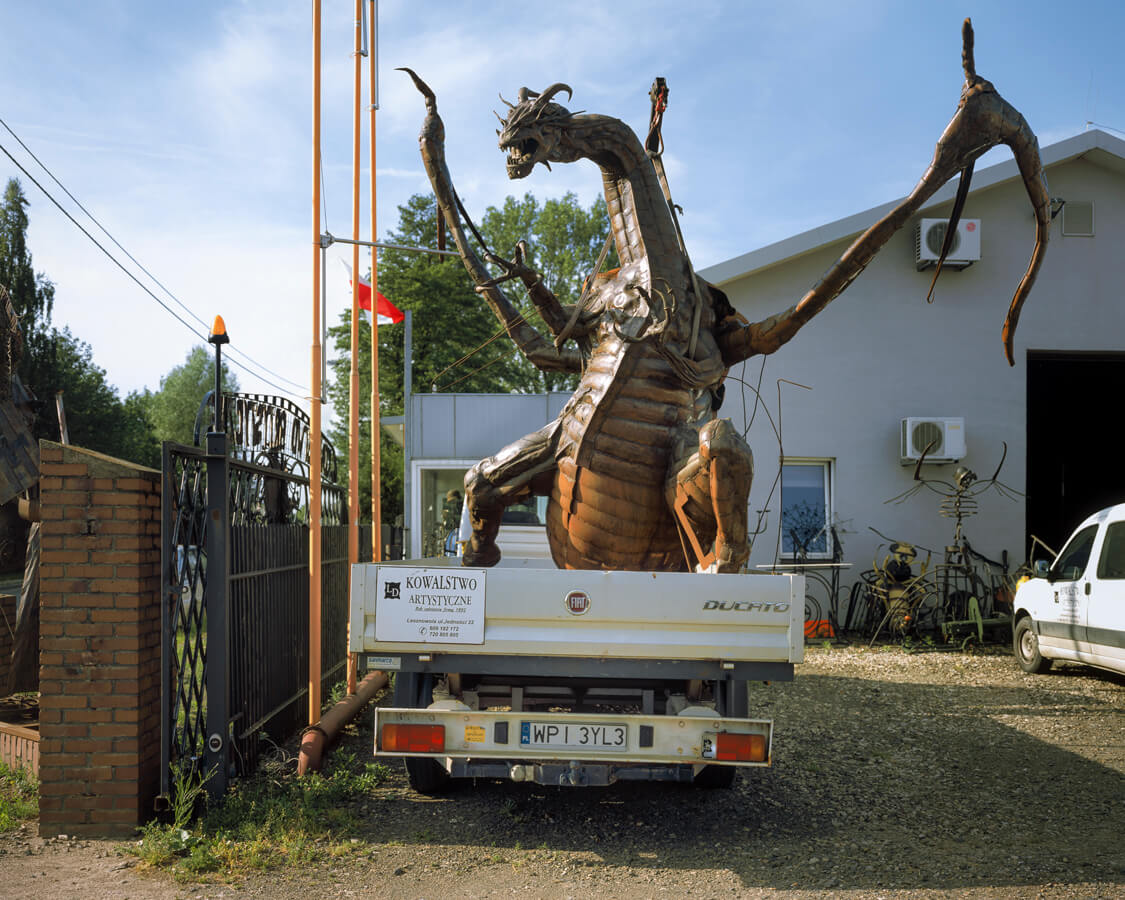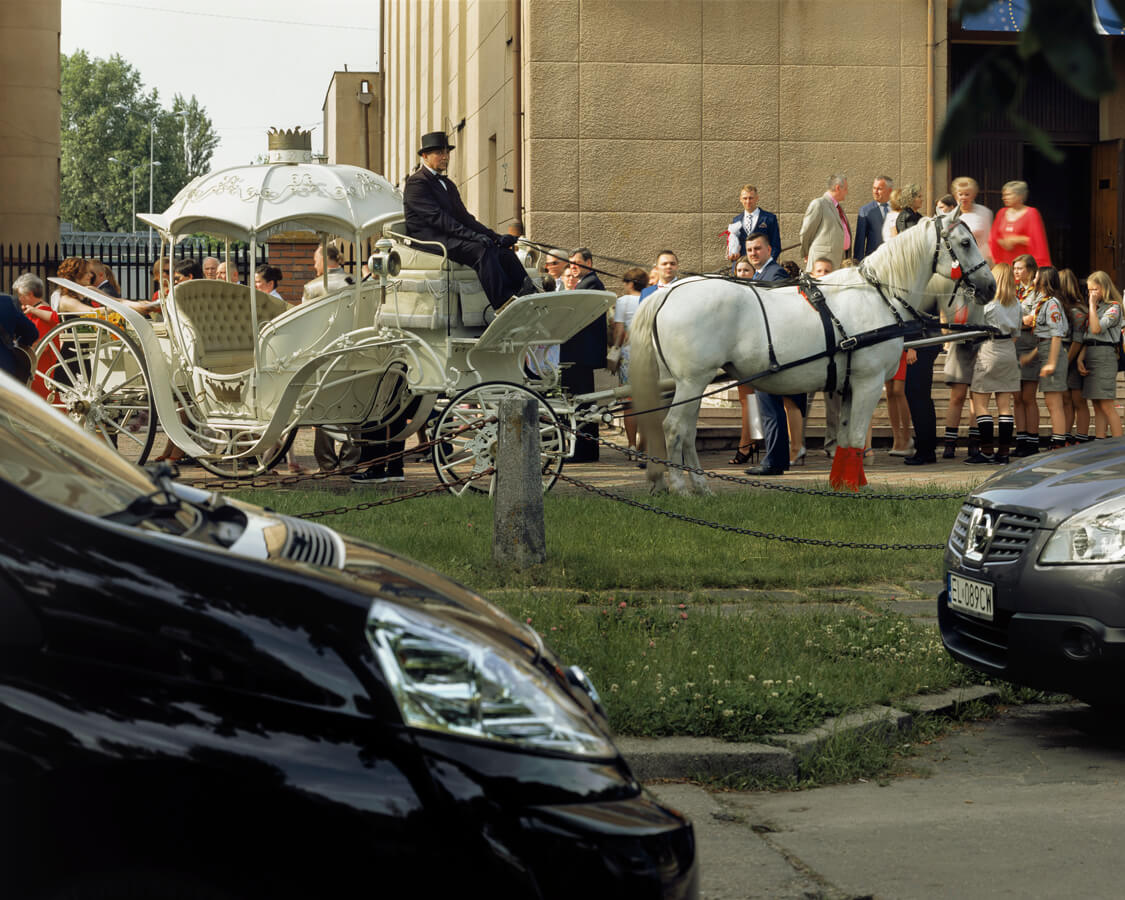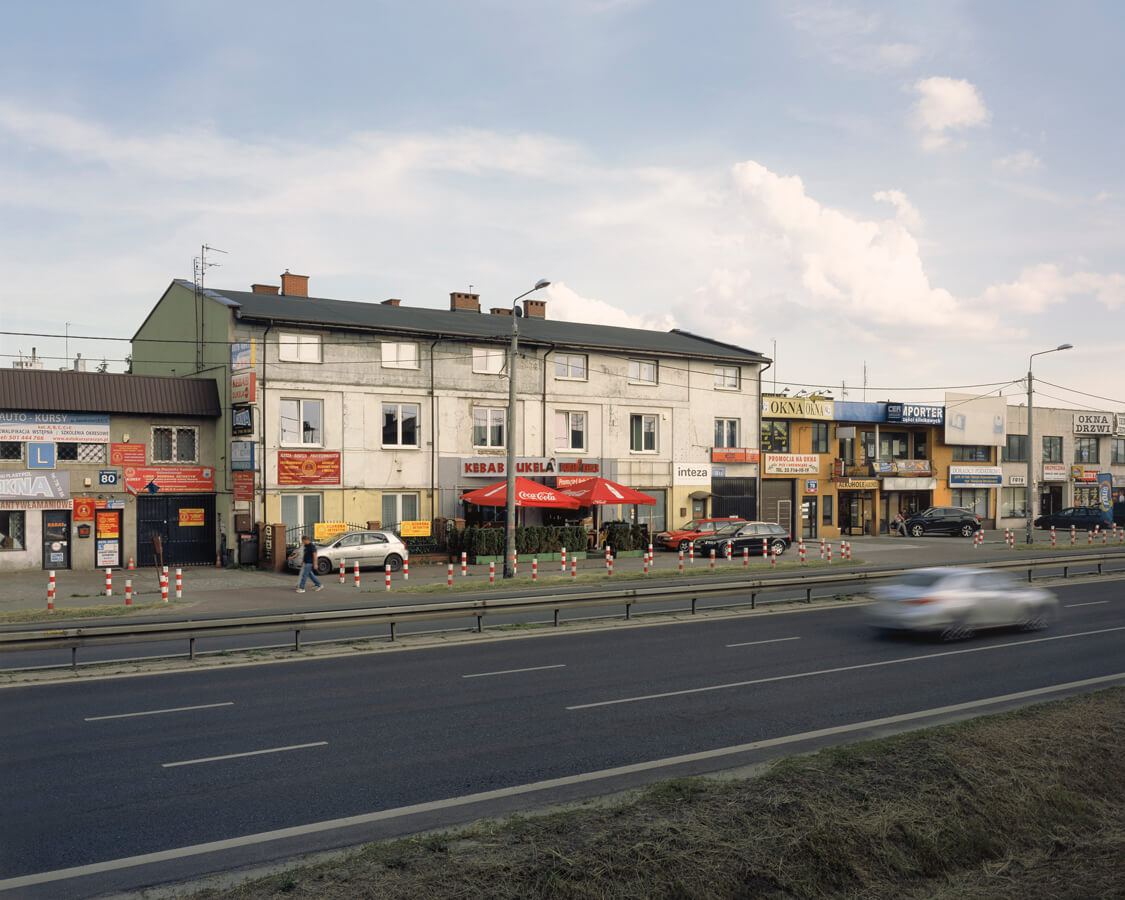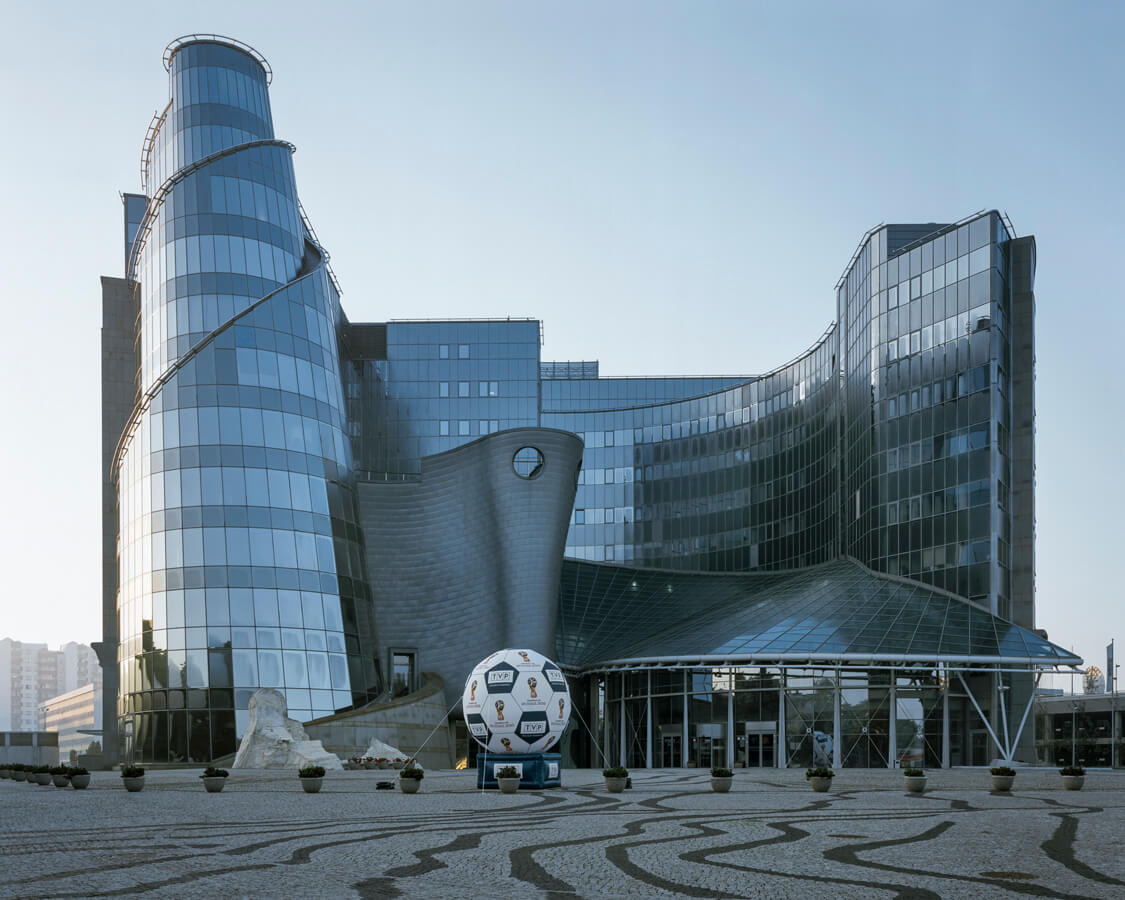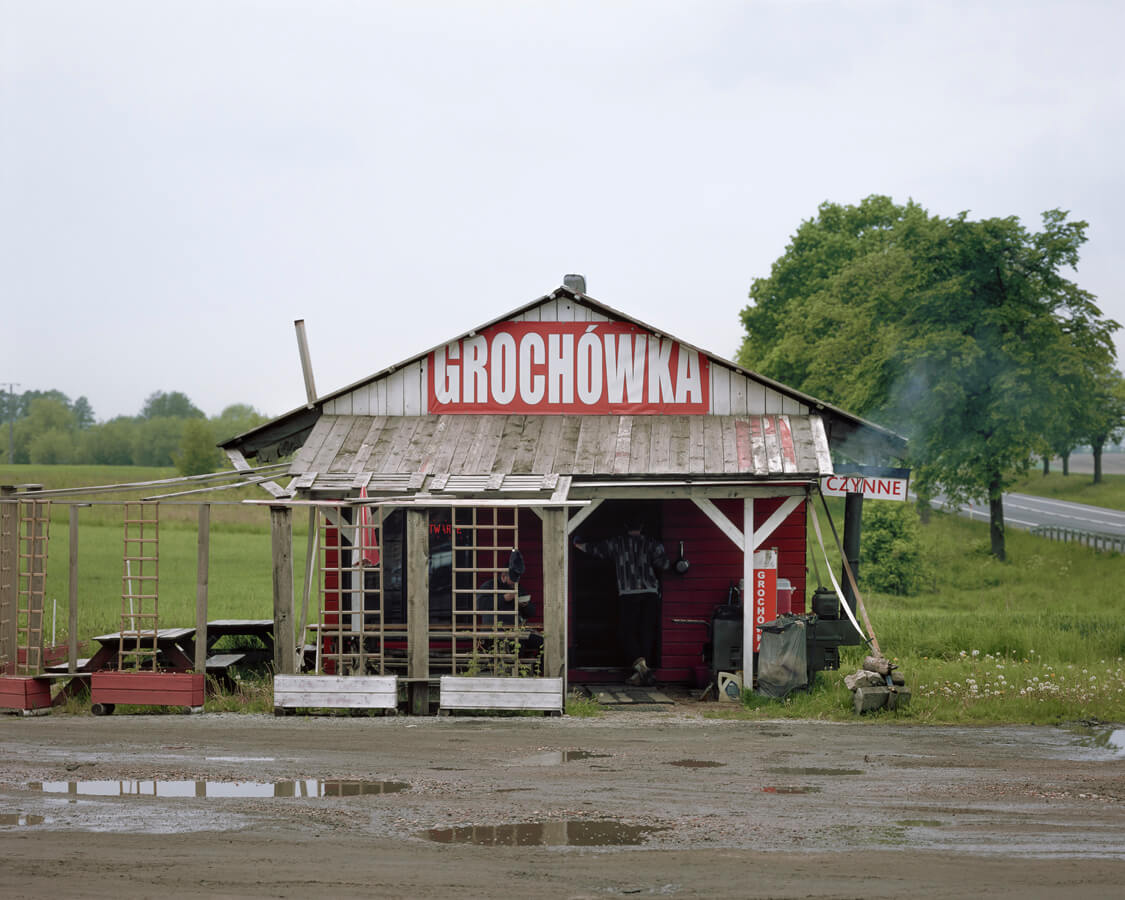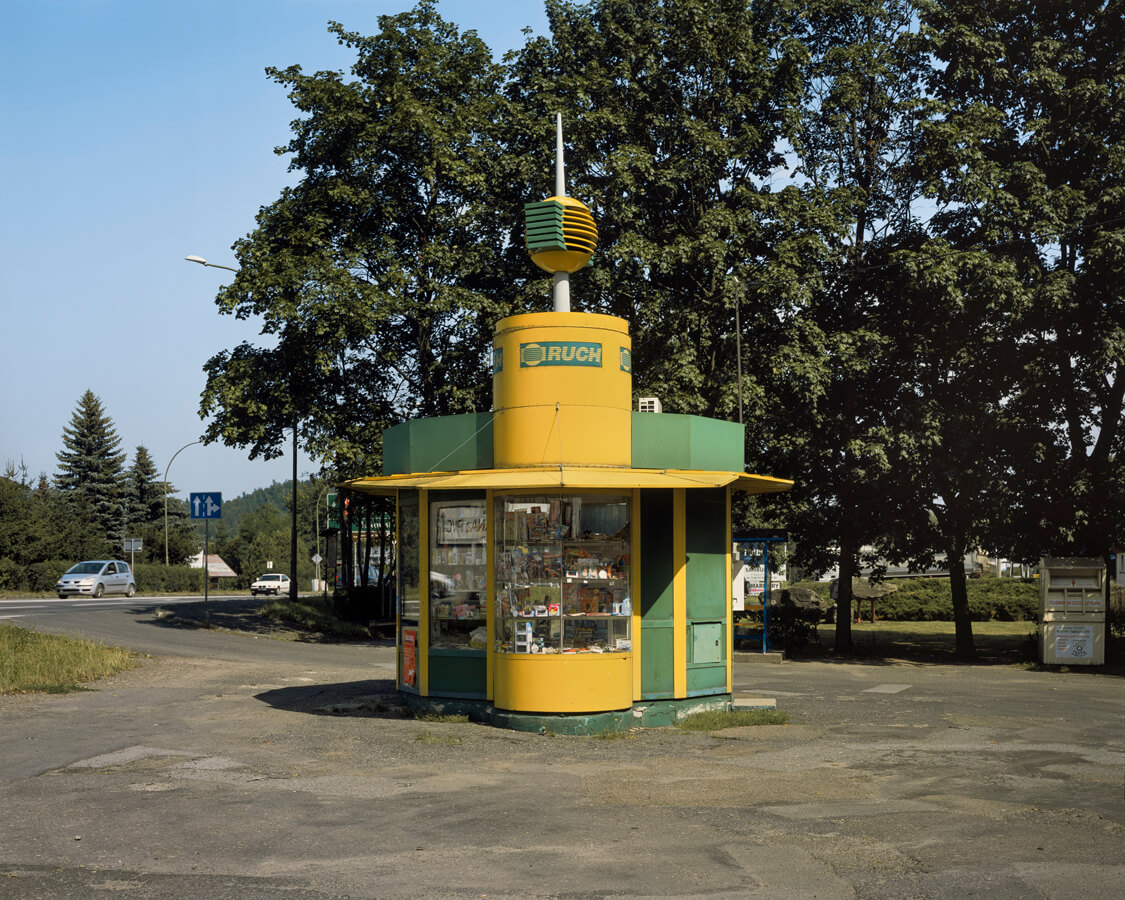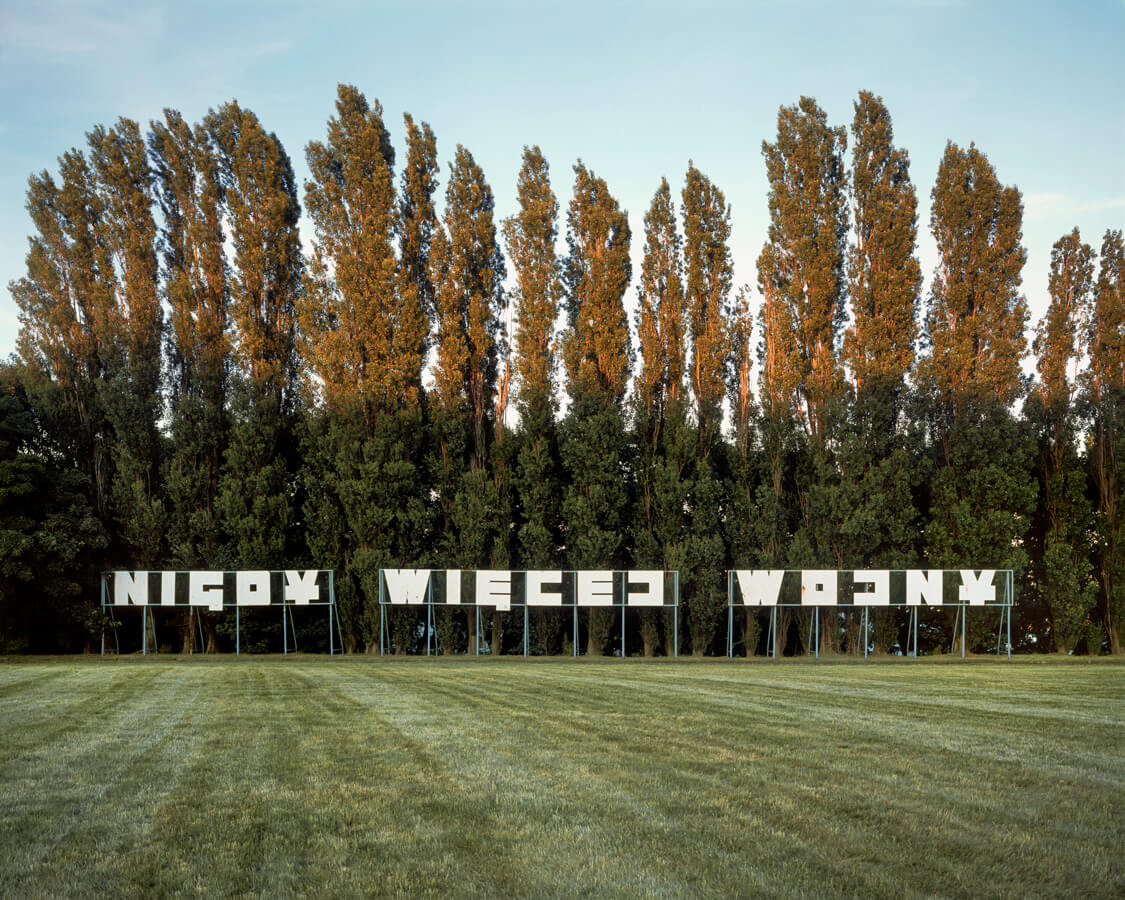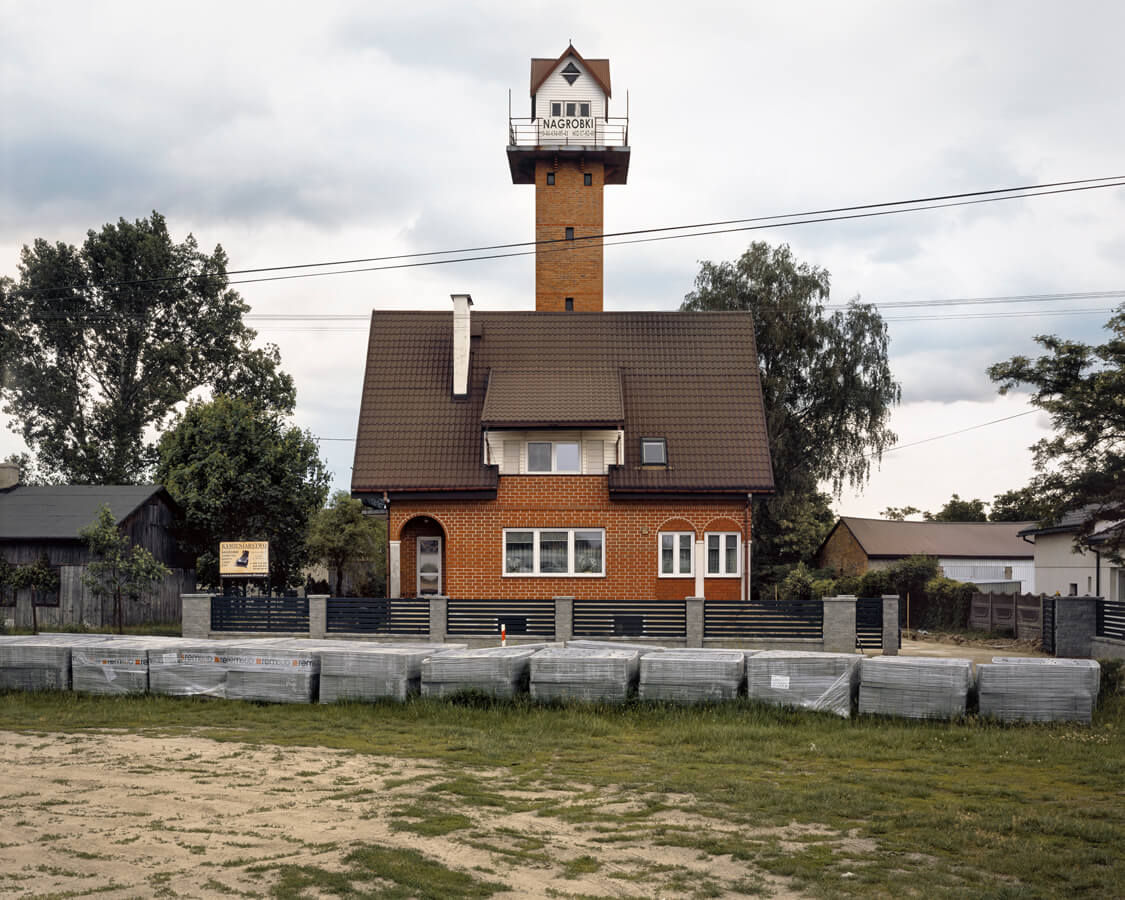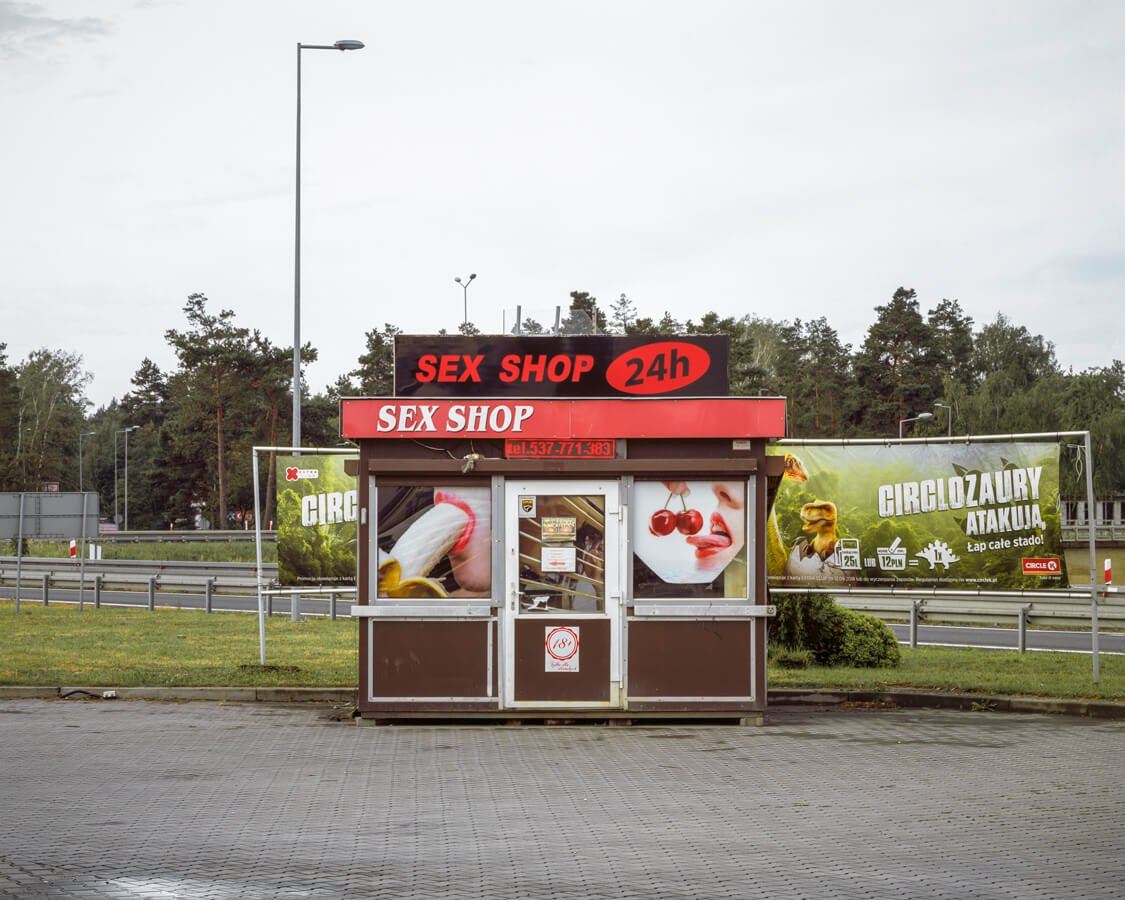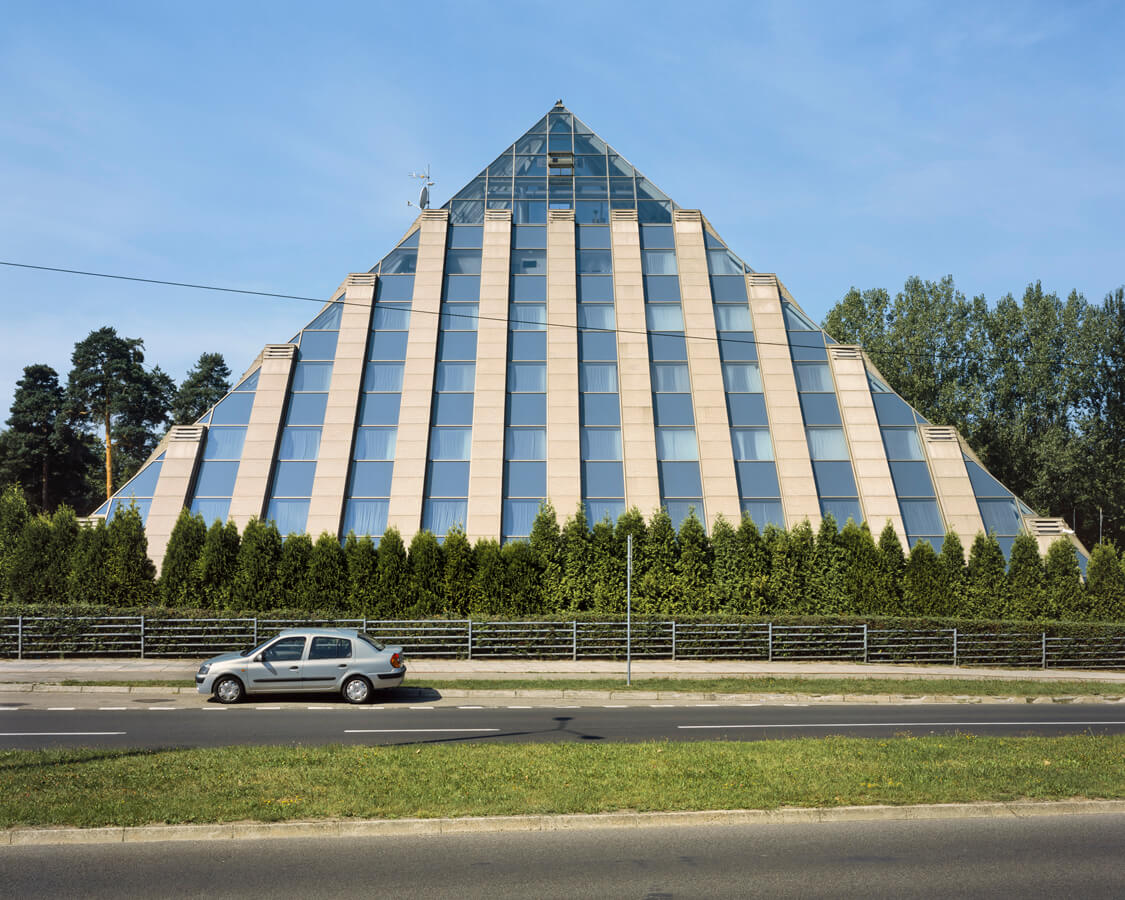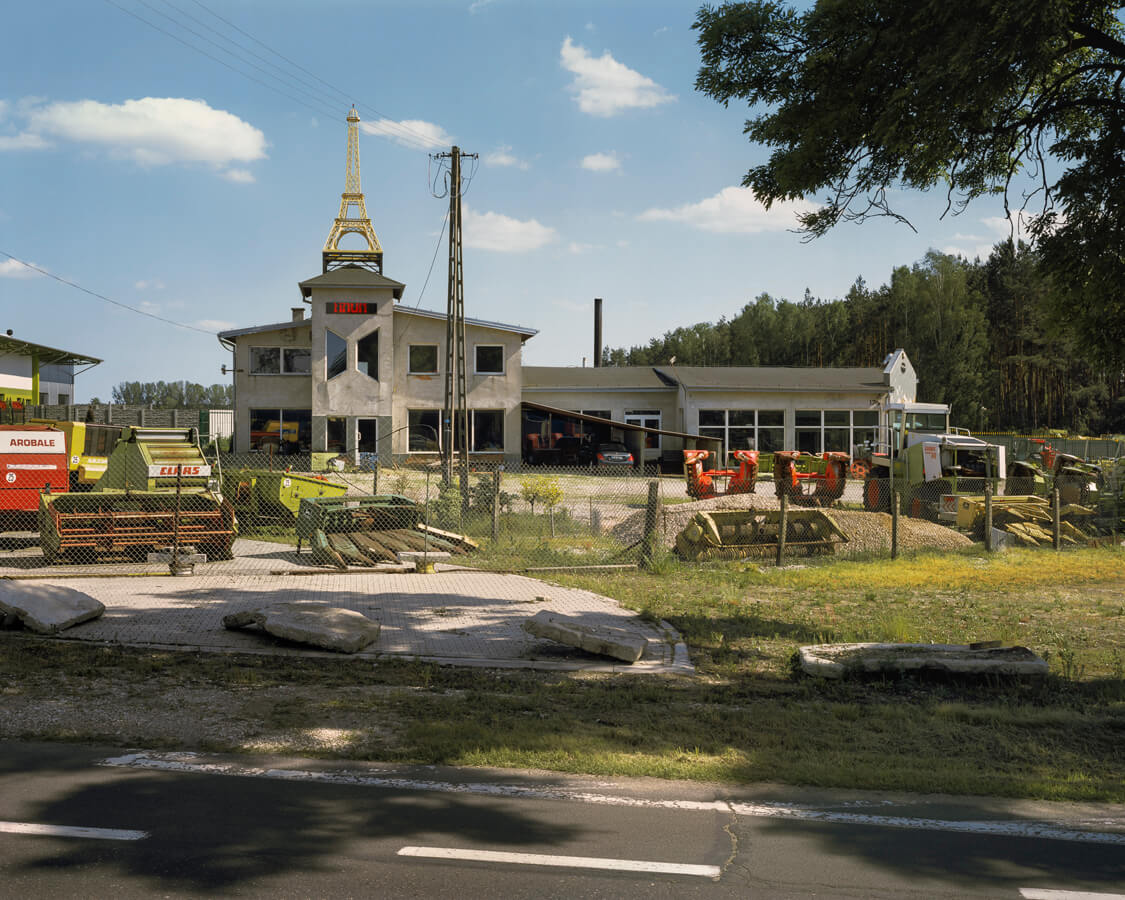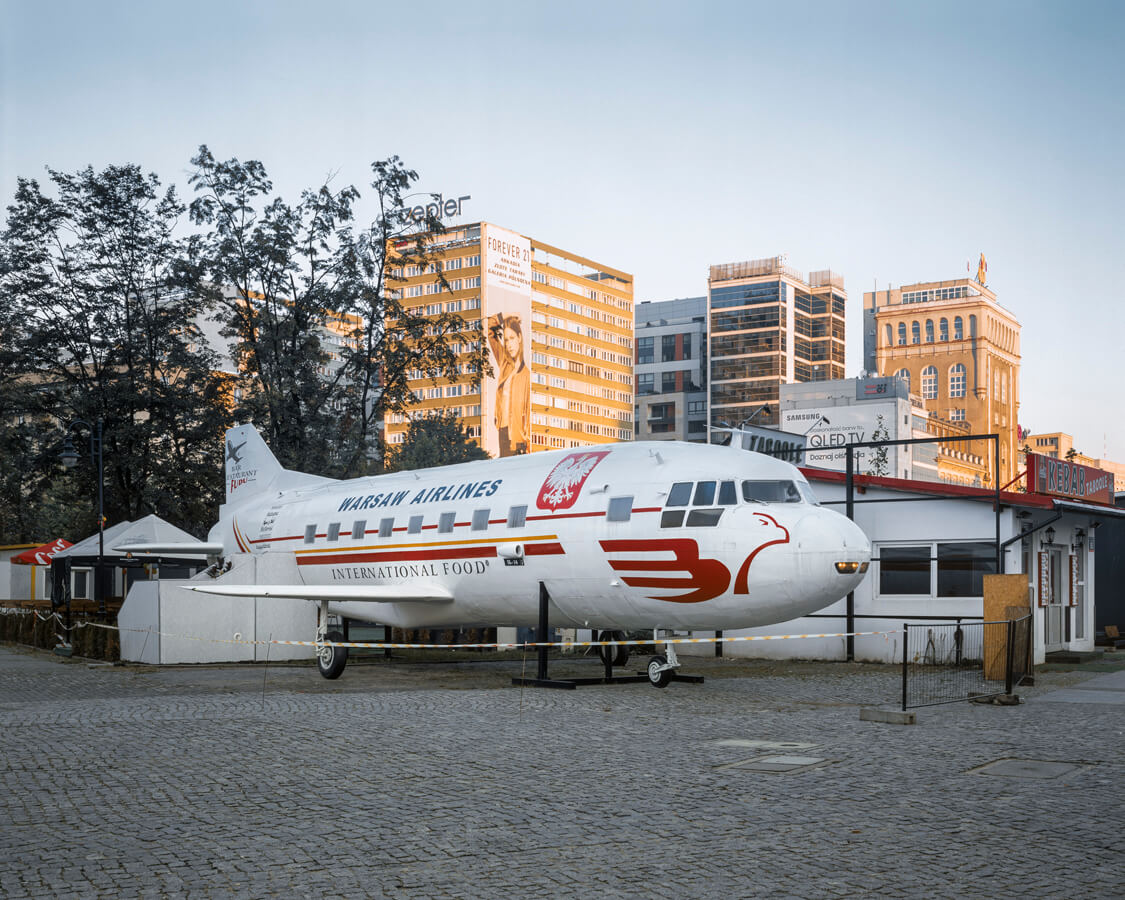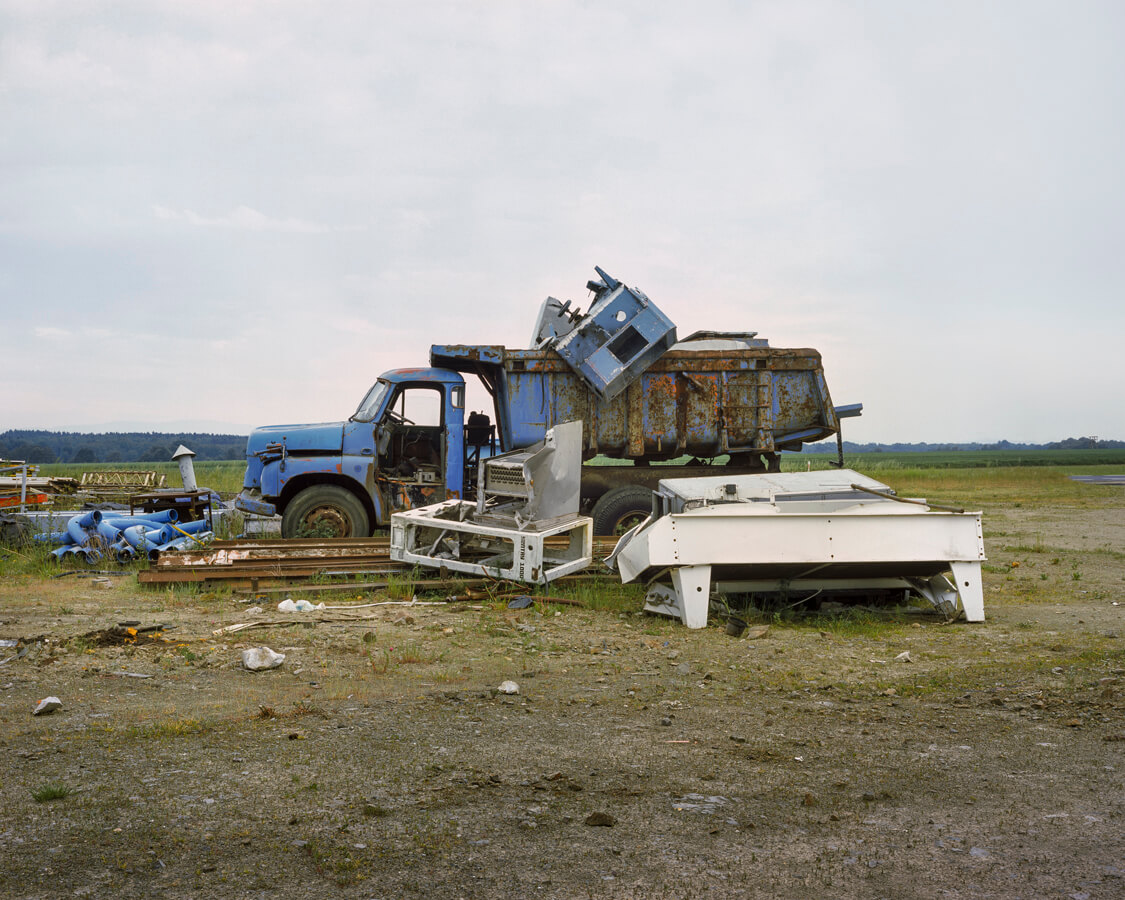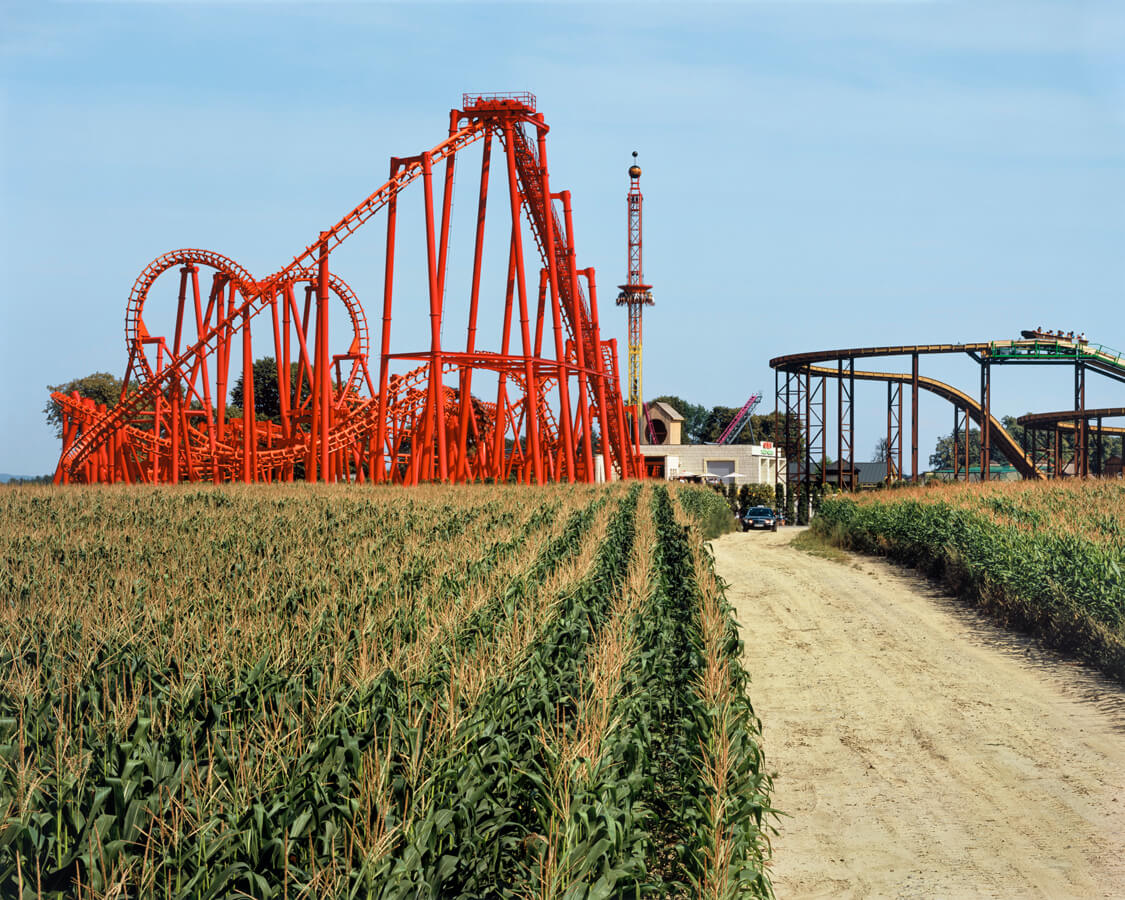polish summer
analysis of an eastern european country
2017 — 2021
In the photo series „Polish Summer“, I question the stereotype image of Poland in view of the centenary of its regained independence. To do this, I combine the visual, aesthetic analysis of the country of my birth with images of historically relevant and politically charged places. The pictures convey a polarizing image of Poland. We see motifs that sometimes humorously show post-socialist reality. We also see photos that are negatively marked by political and economic change after 1990. They often illustrate discrepancies between rich and poor. These pictures create the background against which we can see a portrait of the country and participate as viewers in the latest controversies. It is a journey that I take with the audience and that enables them to better understand Poland, its zeitgeist and its history.
The documentation is made using a hybrid photographic process. The motifs are photographed with a plate camera on large-format reversal film, which is then scanned and digitalized.
In the photo series „Polish Summer“, I question the stereotype image of Poland in view of the centenary of its regained independence. To do this, I combine the visual, aesthetic analysis of the country of my birth with images of historically relevant and politically charged places. The pictures convey a polarizing image of Poland. We see motifs that sometimes humorously show post-socialist reality. We also see photos that are negatively marked by political and economic change after 1990. They often illustrate discrepancies between rich and poor. These pictures create the background against which we can see a portrait of the country and participate as viewers in the latest controversies. It is a journey that I take with the audience and that enables them to better understand Poland, its zeitgeist and its history.
The documentation is made using a hybrid photographic process. The motifs are photographed with a plate camera on large-format reversal film, which is then scanned and digitalized.



